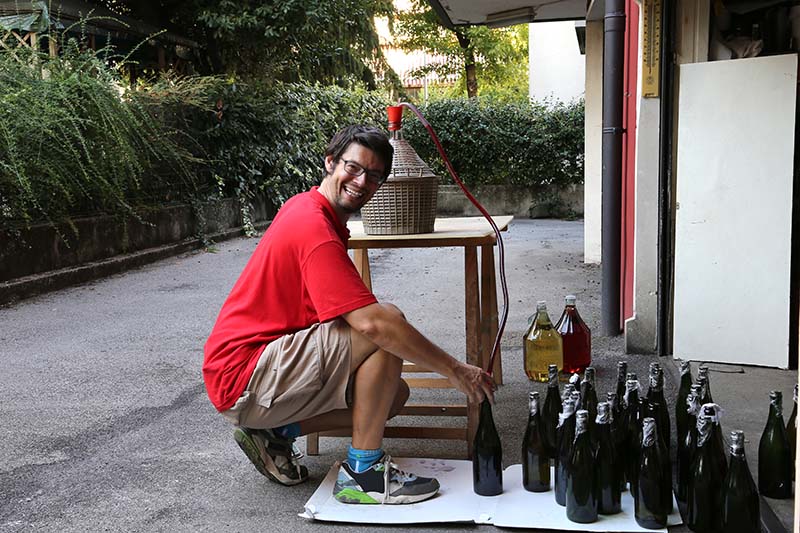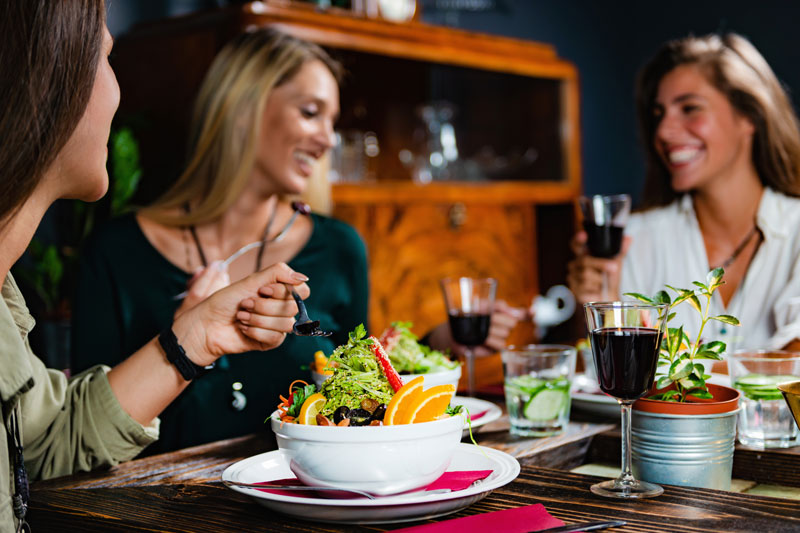We already know that Americans are drinking more during quarantine. This is understandable, since it often seems like there’s not much else to be doing while trapped at home. Some have attempted to keep themselves busy by picking up a new hobby instead. Activities like breadmaking are becoming more popular than they have in decades. And now, many have begun combining drinking with hobbies by crafting their own beer, wine, and spirits at home.
Several online retailers are now selling home brewing or infusing kits, which can be used to produce small batches of beer, whiskey, gin, and several other types of spirits. Making liquor at home can be a nice way to avoid unnecessary trips to the liquor store during the pandemic, but more importantly, gives people an entertaining activity that lets them learn more about their favorite spirits. The popularity of these kits has grown during the pandemic, and will likely continue to do so.
Potential dangers
When people think of “home distilling” they often think of exploding moonshine stills, or maybe the episode of The Simpsons where Homer nearly burns the house down making bootlegged beer in his basement. It is certainly true that distilling alcohol from scratch can be extremely dangerous, depending on the processes used. For this reason, distilling spirits at home is illegal in the United States and many other countries. (Home-brewing beer or wine from scratch is still legal). However, most of the kits that can be purchased online eliminate the dangerous or illegal steps, and produce smaller quantities to make things more manageable and less risky. Still, caution should always be taken when working with high heat, high pressure, or high-proof alcohol.
Types of kits available
There are kits for all kinds of different beer, wine, and spirits. They range greatly in price and level of complexity. While it is illegal to make alcoholic beverages other than wine or beer from scratch, there are kits for flavoring spirits however you like.
Gin
Much of the gin that is sold in stores is little more than juniper-flavored vodka, which means infusing your own gin can actually be incredibly simple. For kits such as this one, all that the user has to do is purchase a bottle of cheap vodka, add the included juniper berries and blend of botanicals, and let it sit in a cool, dark place for around 36 hours. Users can also experiment by adding other flavors of their choosing to personalize the gin. (I recently made a batch of blackberry basil gin that turned out quite well, and plan on starting a round of lemon ginger or watermelon mint gin next.)
Whiskey
Making whiskey from mash is very complicated and requires permits, but flavoring whiskey is very simple. Much like with the gin kits, users start with a bottle of flavorless vodka or another neutral spirit, and then infuse it with flavor over a long period of time. This usually involves adding some extra flavorings, then letting it age in an oak barrel (which is where the golden-brown color, and most of the flavor comes from) for at least a couple of weeks, although letting it sit for longer can give it a richer taste. Different flavorings can be used to make it taste like rye, scotch, or bourbon. While these kits don’t technically create ‘real’ whiskey, the whiskey-flavored spirits are tasty and fun to make.
Beer
Beer brewing is comparatively much more complicated, and requires more equipment, making these kits more expensive. Obtaining even the most basic equipment needed to start brewing will most likely cost $200 at a minimum. The process involves boiling grains while periodically adding hops to create wort. The wort is then rapidly cooled and then fermented while yeast is added. The heating and cooling usually require some specific gear, and each batch will require more grains, hops, and yeast. However, the complexity allows brewers to get creative at different steps of the process, and also makes the finished product that much more satisfying.
Wine
Wine making can range from very straightforward to quite complicated, depending on how many extra steps are taken to customize it. At the simplest level, all that needs to be done is adding yeast to grape juice to allow it to ferment. However, most professional vintners will also add other ingredients like tannins, acids, enzymes, and Campden Tablets to refine the process and create a very particular taste. Of course, fine wine requires aging. If you decide to try making your own wine, don’t expect to enjoy the fruits of your labor for a year or so (or longer, if making red wine). Still, any winemaking requires a lot of large equipment, including large containers for fermentation and storage, and several feet of plastic tubing. For this reason, much of the equipment for a complete wine kit would be difficult to order and ship via the internet, although the less common pieces like the airlocks and straining bags are vital and very easy to transport.
What does this mean for wine, beer, and spirit producers?
With their typically small batch sizes, homemade beverages aren’t going to replace the big brands any time soon. But that doesn’t mean producers of alcoholic beverages should completely overlook the trend. With their first-hand knowledge of the brewing process and the equipment that it requires, they could easily get in on the selling of kits online. If well-known liquor producers started releasing their own line of kits, consumers would likely be intrigued based on brand recognition alone.
- The CBMTA is Here to Stay! Here’s Why That’s Good for Craft Brewers - January 6, 2021
- High-End Liquor Sales are Recovering Slowly - November 10, 2020
- How to Reach New Customers in 2021 - November 5, 2020




